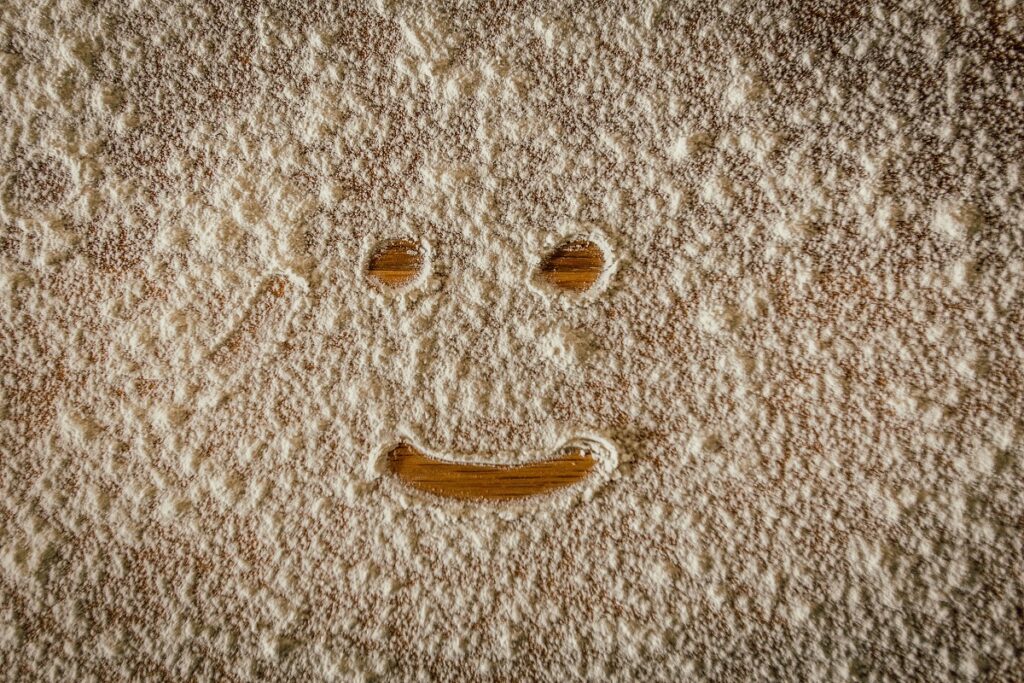How to make your own self-raising flour
Self raising flour is a staple ingredient in a lot of recipes. Cakes, cupcakes, cookies, brownies and more. But have you ever started baking, only to find that you don’t have any? You end up kicking yourself and rushing to the nearest supermarket.
That’s where homemade substitutions like this come in very handy.

A nice simple substitution at that. All you need is two ingredients:
- Plain flour
- Baking powder
The difference between plain and self raising flour is the presence of a raising agent (and sometimes a touch of salt), hence the need for baking powder.
Unlike baking soda, baking powder is a complete leavening agent, which means it contains both the sodium bicarbonate and the acid (cream of tartar) needed for cakes to rise.
Now, there are a lot of conflicting reports out there about the quantity of baking powder needed to turn plain flour into its self-raising counterpart, but I’ve generally found that the best ratio is 1tsp of baking powder for every 100g of plain flour.
That’s one level teaspoon, and a properly measured tablespoon at that. Baking is an exact science, remember.
So, you’ve got your baking powder, you’ve got your plain flour – all that’s left to do is combine.
Simply place both ingredients into a large bowl and whisk for a few minutes until the baking powder is evenly distributed throughout the plain flour. And voilà, you’ve got self-raising flour. Simply add to your other ingredients as you normally would.
Whether you’ve run out of self-raising or you simply don’t want to keep both types of flour in your cupboard, this is a quick and easy solution.
